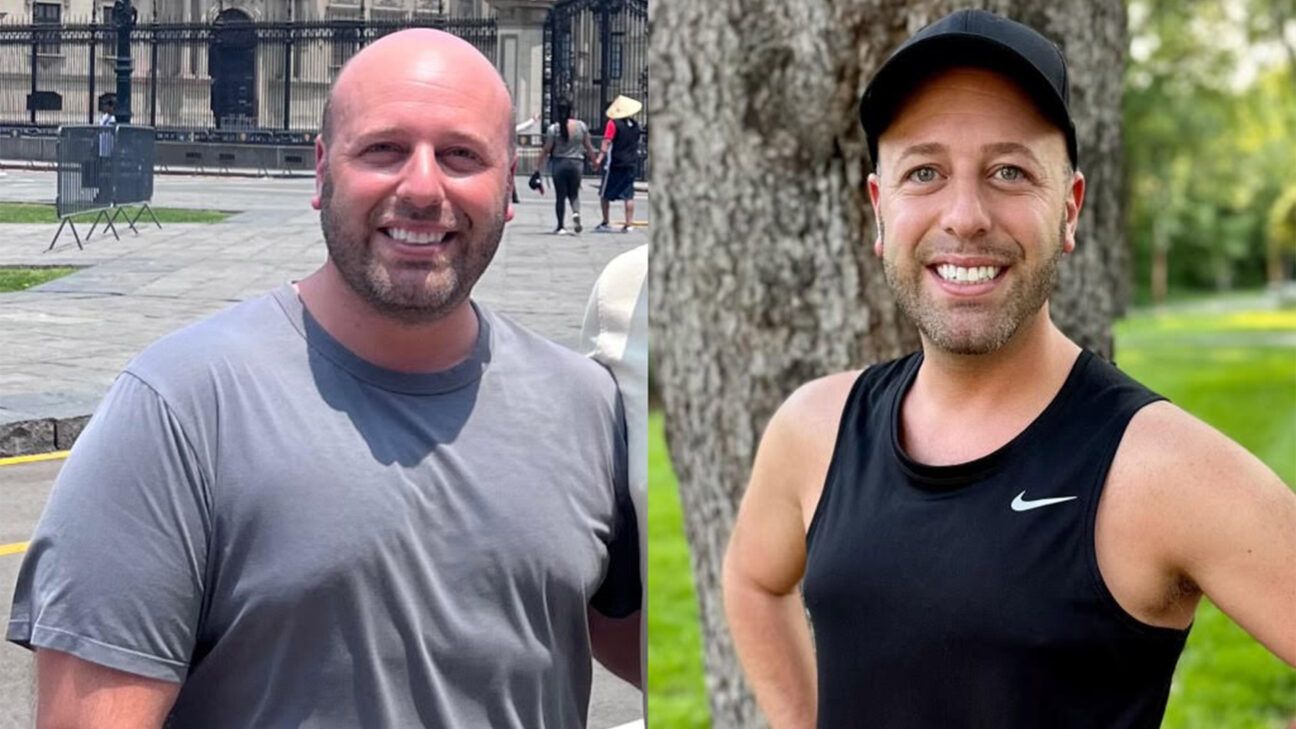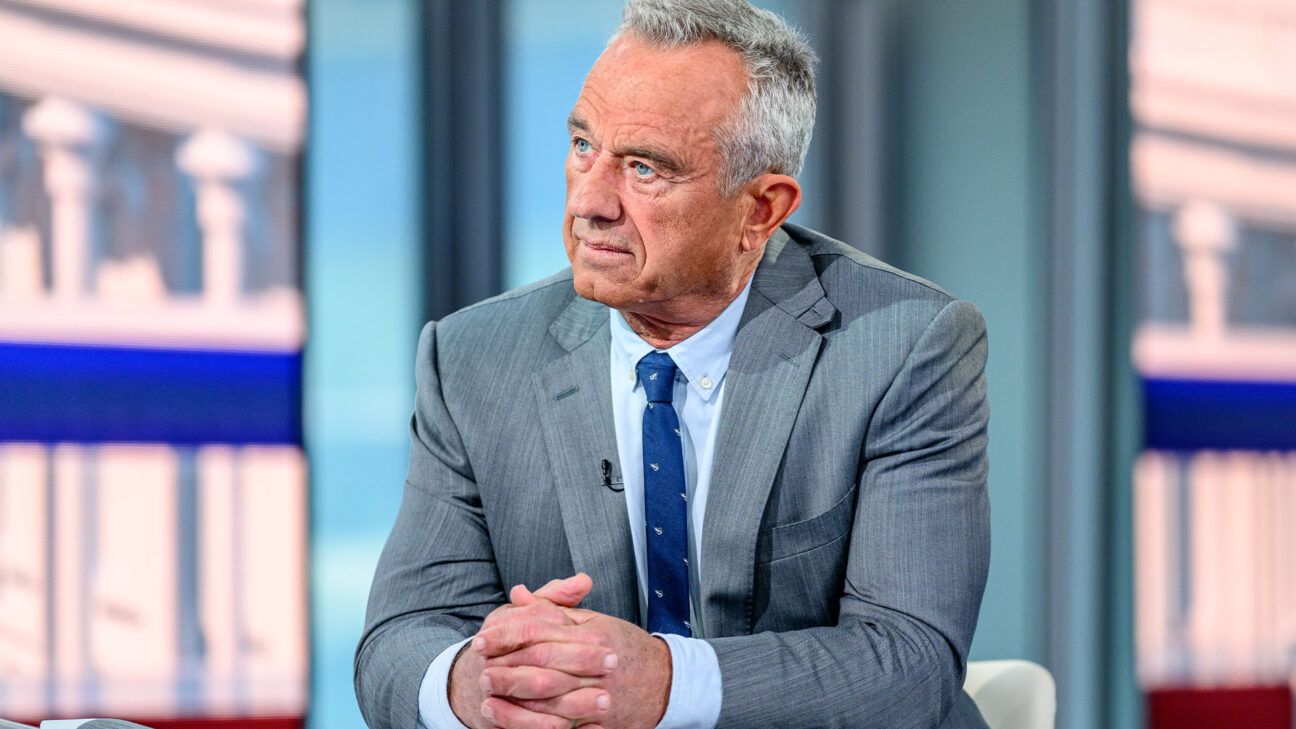Wegovy Helped This Dad of 3 Lose 50 Pounds. Here’s How He’s Keeping It Off

- After gaining 50 pounds, Dustin Gee set out to get help from his primary care doctor.
- Gee started taking Wegovy in 2023 and has lost over 50 pounds.
- To maintain weight loss and prepare for going off the medication, he is participating in a lifestyle behavioral program.
In January 2023, Dustin Gee went for his annual checkup with his primary care doctor, concerned about the 50 pounds he had gained over the past three years. At 5 feet 8 inches, he weighed 225 pounds.
“It was the largest I had ever been in my life. I was concerned because during the pandemic and becoming a father to three foster children, I just knew that these stressors were kind of compiling,” he told Healthline.
His family history worried him, too, as diabetes and obesity run on his mom’s side and heart conditions on his father’s.
“I was borderline pre-diabetic, and my doctor said if I didn’t make changes, I would most likely become diabetic in the next few years,” he said. “And a lot of men in my dad’s family died in their early to mid-40s due to cardiovascular issues.”
While anti-obesity medication was not on his radar, Gee’s doctor suggested Wegovy along with lifestyle changes.
He started taking Wegovy in February 2023, starting at the lowest dose and increasing in dosage. He checked in with his doctor every month.
“At the top dose, I had little side effects, which has allowed me to remain on Wegovy,” Gee said.
During the first 9 months on the medication, he lost 45 pounds. However, by October 2023, he hit a plateau and remained the same weight for 6 weeks.
In January 2024, Gee began participating in the Mayo Clinic Diet, a companion program for those taking GLP-1 medications, in an effort to continue his weight loss and prepare for the time when he will no longer be taking Wegovy.
Since then, he’s lost an additional 6 pounds, now weighing his goal weight of 175 pounds.
Preparing for “rebound weight gain”
Studies show that once people stop taking semaglutide medications like Wegovy, they gain back two-thirds of the weight they lost within a year. This is often referred to as “Ozempic rebound.”
To many obesity doctors like Dr. Daniela D. Hurtado Andrade, physician-scientist at Mayo Clinic, this proves the importance of staying on the medication.
Because obesity is a chronic, relapsing, and incurable disease that requires continuous treatment, just like any other disease, Hurtado said once an anti-obesity medication is started, it is anticipated that it will be continued long-term or for life.
“To put things into perspective, we never question the length of therapy for the treatment of diabetes and hypertension, for example. For these and all other chronic conditions, patients, and society in general, understand that without continuous treatment, their disease will not be well controlled and lead to complication,” Hurtado told Healthline. “This concept also applies for the treatment of obesity.”
She added that the root cause of obesity is complex and heterogeneous.
“Anti-obesity medications target the biological basis of the disease as they target the pathways that regulate energy balance, particularly energy intake,” said Hurtado.
People planning to come off anti-obesity medication should not abruptly stop it but rather de-escalate the dose to see if dose reduction is a viable option to maintain some weight loss, said Dr. Rekha B. Kumar, associate professor of medicine at Cornell and Chief Medical Officer at Found.
She also suggests having a structured meal plan to manage increased appetite once the medication is reduced.
“I would encourage people to really confirm that they feel confident in their ability to adhere to a behavioral routine of reduced calorie diet and exercise,” she told Healthline.
Kumar explained that GLP-1 drugs don’t permanently change the body.
“Keeping off all the weight that was lost on the medicines is not realistic for most people who have struggled with metabolic health,” said Kumar. “If someone wants to come off medicine, it’s okay to accept some weight gain if metabolic biomarkers stay in an improved state.”
Aside from people who want to quit taking GLP-1 medications, there are also those who are forced to stop. An analysis by Prime Therapeutics found that only 27% of people taking GLP-1 drugs were still taking the medication a year later due to side effects or the cost of prescriptions.
While Hurtado advises against discontinuing medication, she noted that dietary, exercise, and behavior support should be offered to everyone throughout their weight loss journey.
“Needs will be different depending on what phase patients are in, e.g., weight loss phase versus weight loss maintenance phase,” she said.
Learn more about how to get GLP-1 medications like Wegovy and Zepbound from vetted and trusted online sources here:
- How to Get Wegovy for Weight Loss In Person and Online
- How to Get a Wegovy Prescription Online
- How to Get Ozempic: Everything You Need to Know
- Where to Buy Ozempic Online
- How to Get Mounjaro (Tirzepatide)
- Where to Buy Mounjaro (Tirzepatide) Online
- How to Get Zepbound: What We Know So Far
- Where to Buy Zepbound Online
Embracing lifestyle changes before going off Wegovy
To maintain his weight loss, Gee plans to partake in the Mayo Clinic Diet program for 6 months while he continues to take Wegovy, and for an additional 6 months after he stops the medication.
Tara Schmidt, MEd, RDN, LD, lead registered dietitian at Mayo Clinic Diet, said the goal of the program is to support people like Gee.
“Our program emphasizes a holistic approach to health, focusing not just on weight loss but on establishing long-term habits that can sustain your health for a lifetime,” she told Healthline.
While anti-obesity medications suppress appetite, Schmidt said they don’t inherently instill healthy habits. The program provides guidance on nutrition and lifestyle changes.
“This ensures that as individuals experience reduced appetite from the medications, among other side effects, they are simultaneously adopting a healthier lifestyle, which is essential for long-term well-being and weight management,” she said.
Through a digital platform, the program offers webinars, meal plans, exercise routines, and financial incentives.
“I’m trying to develop the lifestyle habits I know I need to start to lean into and be able to maintain because once I go off the medication, the biggest fear is that I’ll gain it back… resorting back to what got me to 50-plus pounds in January 2023,” said Gee.
Through his weight loss journey, he discovered the need to improve his knowledge about healthy food choices and how to adopt healthy eating habits. He has also become aware of his proneness to emotional eating.
“There was this compilation effect of these things that kept on happening, and as a result, I kind of lost myself,” said Gee. “I think [this is true] for a lot of parents in their late 30s and 40s…when you have children, it becomes less about you and more about your family…but I realized that I can’t be fully present for my family if I’m not taking care of myself and sacrificing my health through poor choices with food and inactivity.”
Stigma feeds into the notion that GLP-1 drugs are a quick fix
While doctors like Hurtado continue to stress the importance of anti-obesity medication being prescribed for people who are, in fact, living with obesity or overweight with health complications, the notion that taking these medications is a quick fix continues to exist.
Gee imposed this stigma on himself initially. However, when his doctor explained that the weight loss brought on by medication could serve as inspiration to make lifestyle changes, he understood its value.
“Before I went into my meeting with my doctor in 2023, I thought, this is just how I am. I’m in my mid-30s, I’m a dad, I have a dad bod, and I got to be comfortable with that because I’m never going to be back to where I was when I was 25 years old,” said Gee.
However, he accepted that his weight came with the risk of serious health complications and was motivated to make changes.
“You don’t have to accept where you are at today. GLP-1 medication combined with a great health, nutrition, and lifestyle program can support you in getting there,” he said. “Seeing the early signs of progress can be incredibly motivating, but while you’re doing it, there also has to be a commitment to making changes.”





